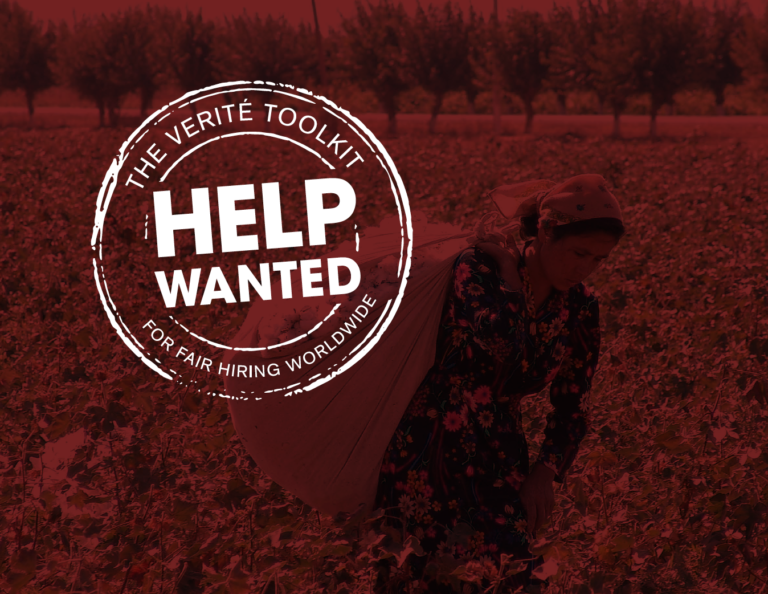Modern Slavery Governance: Basics for Board
GuidanceThis practical guide leverages the lessons of regulatory compliance to illustrate how global businesses can manage human rights risks effectively, with a particular focus on modern slavery. This guide provides a quick reference for corporate director...Read More

